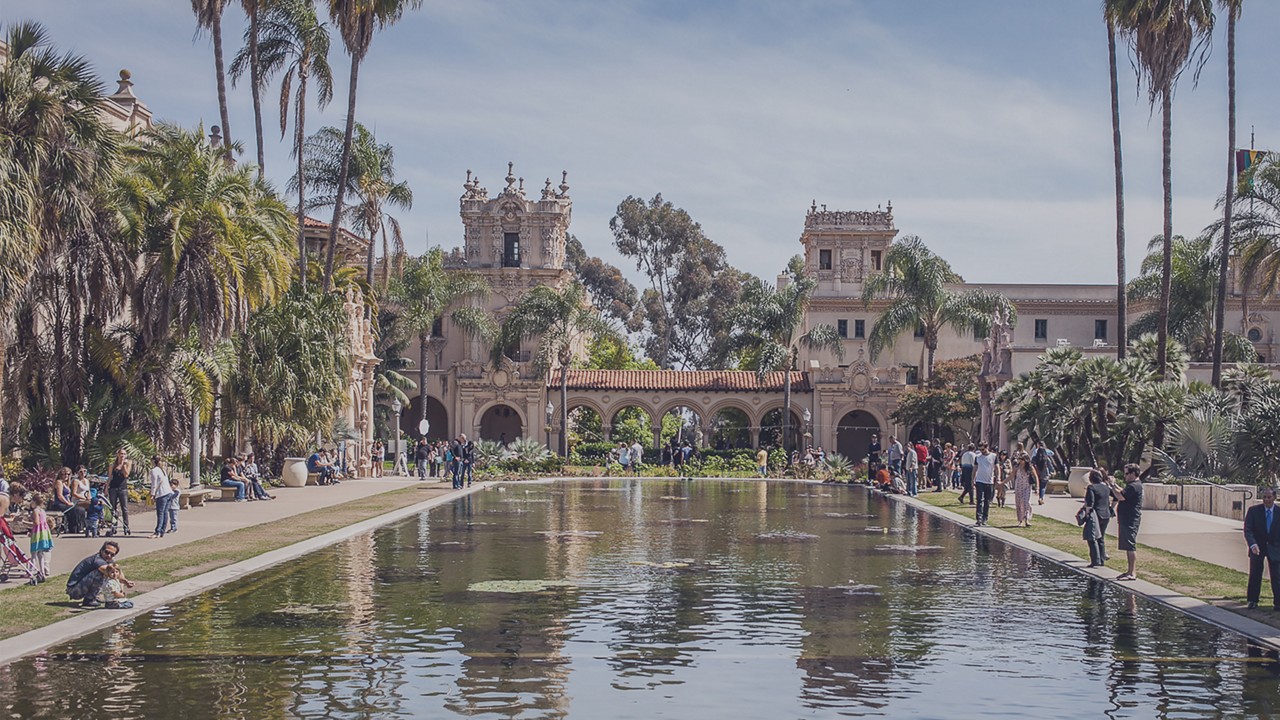San Diego County, California

Stretched out along the sunny southwest Pacific Coast, San Diego County is considered a national standard for collaborative community health planning.
From its cliffside bike paths to its eastern farmlands and deeply multicultural city neighborhoods, the county is one of the more physically active, healthy, and engaged communities in the state and nation. It benefits from an integrated County Health and Human Services Agency, including Public Health Services, that engages in comprehensive strategic planning. It also secures and coordinates funding for cross-sector partnerships aimed at improving community health.
Relative to the rest of the nation, the county as a whole ranks well in terms of physical activity and health. Because of its sunny and mild climate and its highly accessible bike routes, hiking trails, and other outdoor physical activity infrastructure, San Diego County’s population tends to be physically active and healthy. But a closer look reveals that stark racial and ethnic disparities do exist.
